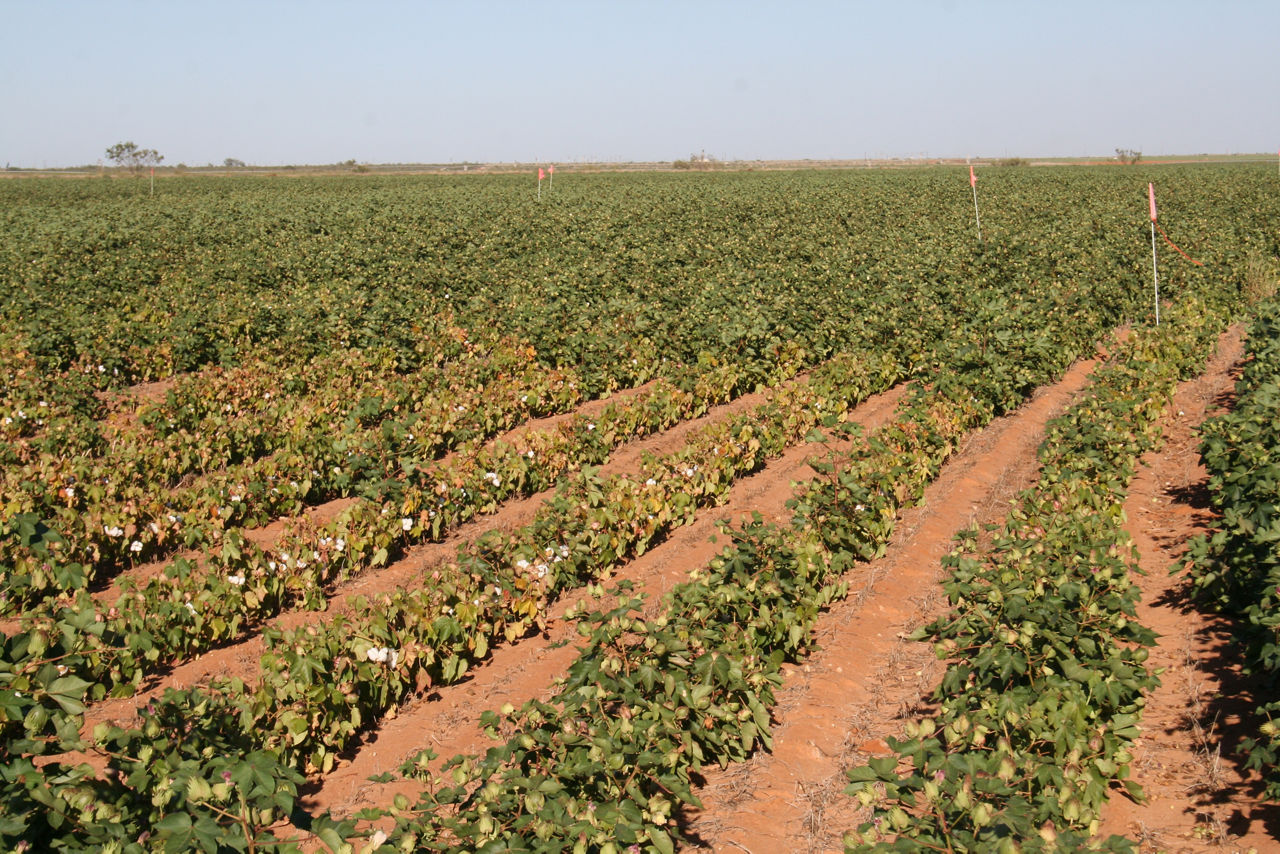10 MIN READ
Nematodes in Cotton
September 5, 2024
Nematode damage has historically been attributed to poor fertility or poor soil conditions. Research has led to a better understanding of nematode identification and the yield losses that nematodes can cause. Nematodes can damage roots and limit root growth, leaving cotton plants susceptible to environmental stress, insect damage, and diseases.
For more information on Nematode symptoms and control click on a tab.
Sources
1Ahumada, D. and Gorny, A. 2023. Root knot nematode of cotton. NC State Extension. https://content.ces.ncsu.edu/cotton-root-knot-nematodes
2Wrather, A. and Sweets, L. 2009. Cotton nematodes in Missouri: Your hidden enemies. University of Missouri Extension. G4259. https://extension2.missouri.edu/g4259
3Understanding cotton nematodes. National Cotton Council of America. https://www.cotton.org/tech/pest/nematode/ucn.cfm
4Wang, K. 2019. Reniform nematode. University of Florida. EENY-210. http://entnemdept.ufl.edu/creatures/nematode/r_reniformis.htm
5Rivera, Y.R, and Thiessen, L. 2020. Lance nematode of soybean. North Carolina State University Extension. https://content.ces.ncsu.edu/lance-nematode-of-soybean
6Dyer, D.R., Groover, W., and Lawrence, K. 2020. Yield loss of cotton cultivars due to Rotylenchulus reniformis and the added benefit of a nematicide. Plant Health Progress. 21(2): 113–118. https://doi.org/10.1094/PHP-10-19-0073-RS
7Koenning, S.R., Kirkpatrick, T.L., Starr, J.L., Wrather, J.A., Walker, N.R., and Mueller, J.D. 2004. Plant-parasitic nematodes attacking cotton in the United States. Plant Disease. 88(2): 100–113. https://doi.org/10.1094/PDIS.2004.88.2.100
8Blasingame, D., Gazaway, W., Kemerait, R., et al. 2003. Cotton nematodes: Your hidden enemies. Beltwide Cotton Nematode Research and Education Committee. http://cotton.tamu.edu/Nematodes/nematodebrochure.pdf
9Crow, W.T. 2015. Sting nematode. University of Florida. EENY-618. http://entnemdept.ufl.edu/creatures/nematode/sting_nematode.htm
Web sources verified 08/22/24. 1411_157601.

